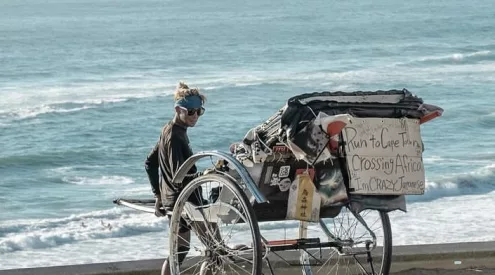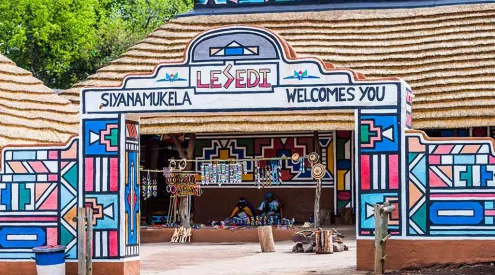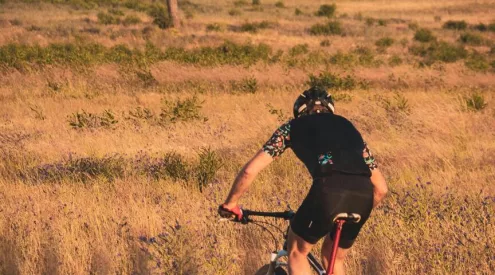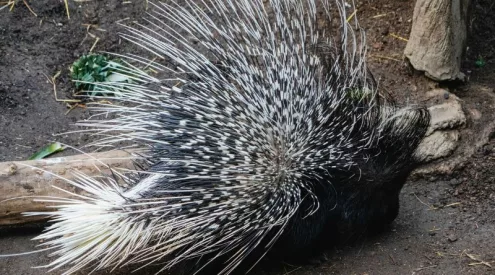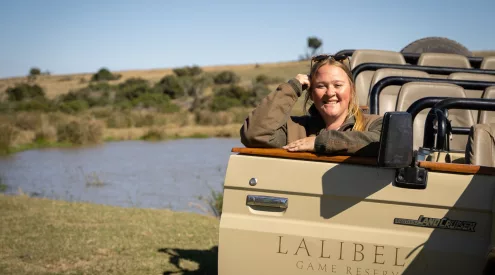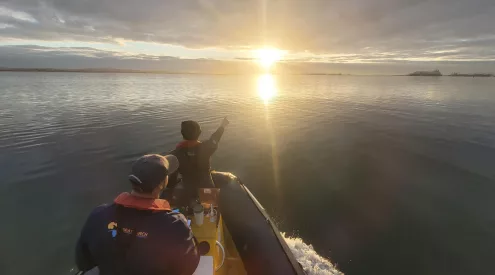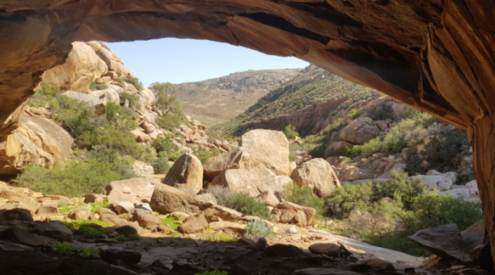Drone footage of a mass green turtle migration was captured 620 kilometres from Cairns in the Great Barrier Reef. The animals were headed for Raine Island to lay their eggs.
Around 64,000 turtles can be seen en route to lay their eggs at what is believed to be the world’s largest green sea turtle rookery according to The Sydney Morning Herald.
Scientists from Queensland Government’s Department of Environment and Science (DES) who captured the footage, spoke to CNN about past difficulties in accurately counting the animals.
‘We were underestimating that a lot. We’re finding 1.73 times as many turtles with the drone [than] when we directly compare with the observer counts,’ said Dr Andrew Dunstan, the senior research scientist. He added that changes to previous population estimations would be made.
Dunstan and his team have been tracking and researching these animals. The use of drones is a new method of conducting population surveillance for the Raine Island Recovery Project.
In the past, researchers would paint a non-toxic stripe down the turtles shells as they nested. Then from a small boat, the painted and non-painted animals were counted.
‘Trying to accurately count thousands of painted and unpainted turtles from a small boat in rough weather was difficult. Eyes are attracted much more to a turtle with a bright white stripe than an unpainted turtle and that resulted in biased counts and far reduced accuracy. Using a drone is easier, safer, much more accurate, and the data can be immediately and permanently stored,’ said Dunstan according to The Sydney Morning Herald.
Green sea turtles are endangered on the IUCN’s Red List. This species are hunted for their meat and eggs. Human encroachment on their nesting sites as well as collisions with ships and boat propellers and fishnet entanglement also play a role in threatening these animals according to National Geographic.
They say you are what you eat! The green sea turtle is actually named after the green layer of fat under its shell. Scientists think this unusually-colored fat is a result of its veggie diet — unlike most other sea turtles, they eats marine plants such as seaweed and sea grass. pic.twitter.com/1DWtVVsf1p
— Animal Planet (@AnimalPlanet) May 23, 2020
#FatTuesday Fun Fact! The green sea turtle gets its name not from the color of its shell but from the green shade of its FAT! Adult green turtles are herbivores and eat only plants such as seagrass/algae. This diet gives them their greenish-colored fat hence the name green turtle pic.twitter.com/dtPCsF6fwZ
— SeaTurtleConservancy (@conserveturtles) February 25, 2020
Watch the footage of the mass migration below:
Image credit: Twitter/ @conserveturtes


